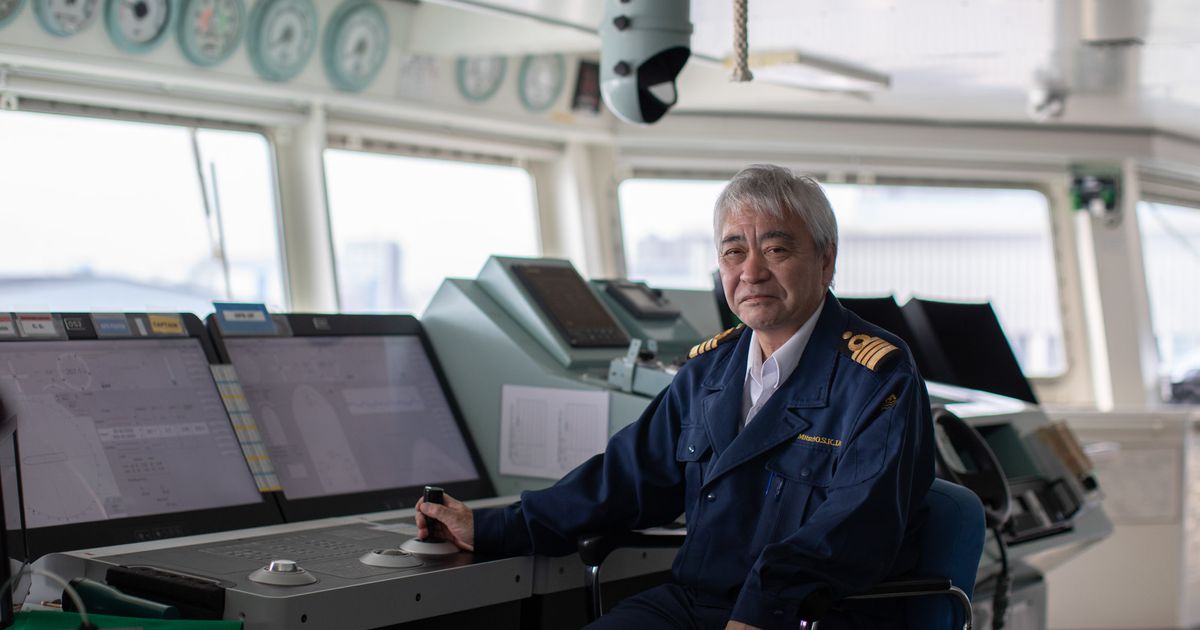
The invisible seafaring industry that keeps the internet afloat
How one crew risked radiation, storms, and currents to save Japan from digital isolation.
There are about 800,000 miles of these skinny tubes crisscrossing the Earth’s oceans, representing nearly 600 different systems, according to the industry tracking organization TeleGeography. The cables are buried near shore, but for the vast majority of their length, they just sit amid the gray ooze and alien creatures of the ocean floor, the hair-thin strands of glass at their center glowing with lasers encoding the world’s data.
If, hypothetically, all these cables were to simultaneously break, modern civilization would cease to function.
Fortunately, there is enough redundancy in the world’s cables to make it nearly impossible for a well-connected country to be cut off, but cable breaks do happen. On average, they happen every other day, about 200 times a year. The reason websites continue to load, bank transfers go through, and civilization persists is because of the thousand or so people living aboard 20-some ships stationed around the world, who race to fix each cable as soon as it breaks.
“We’re all happy to spend billions to build new cables, but we’re not really thinking about how we’re going to look after them,” said Mike Constable, the former CEO of Huawei Marine Networks, who gave a presentation on the state of the maintenance fleet at an industry event in Singapore last year. “If you talk to the ship operators, they say it’s not sustainable anymore.”
He pointed to a case last year when four of Vietnam’s five subsea cables went down, slowing the internet to a crawl. The cables hadn’t fallen victim to some catastrophic event. It was just the usual entropy of fishing, shipping, and technical failure. But with nearby ships already busy on other repairs, the cables didn’t get fixed for six months. (One promptly broke again.)
But perhaps a greater threat to the industry’s long-term survival is that the people, like the ships, are getting old. In a profession learned almost entirely on the job, people take longer to train than ships to build.


